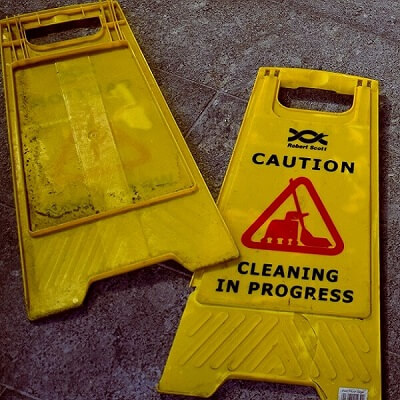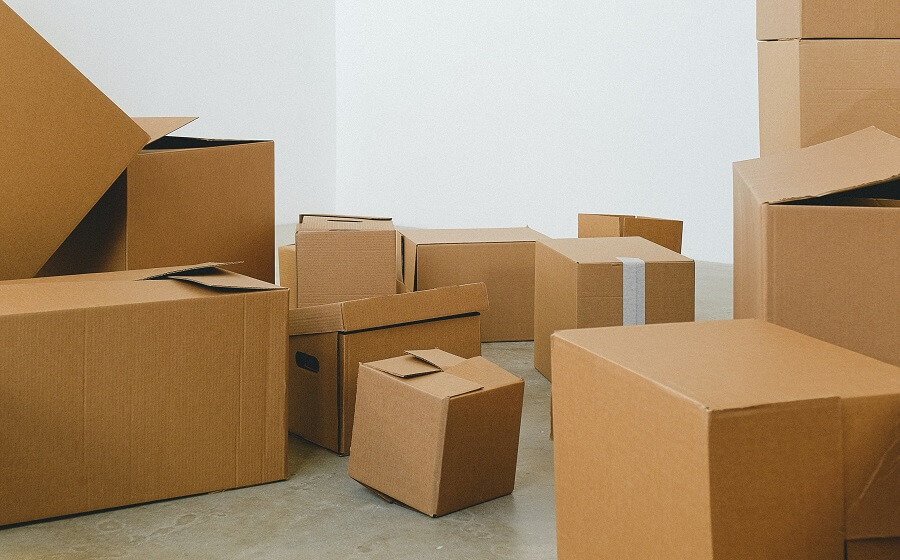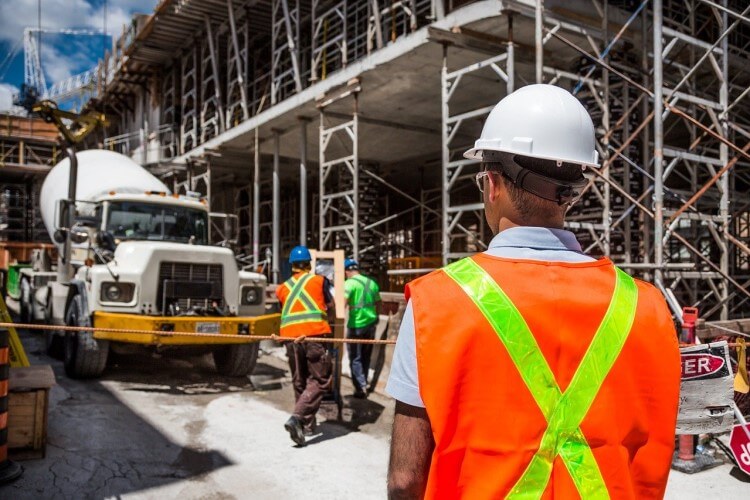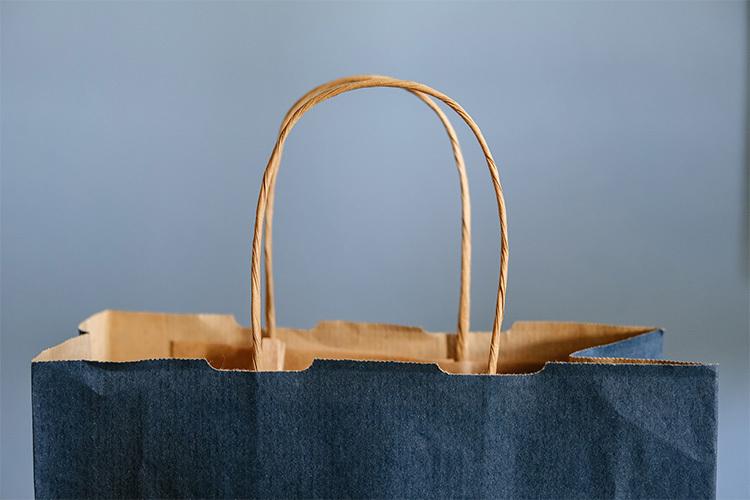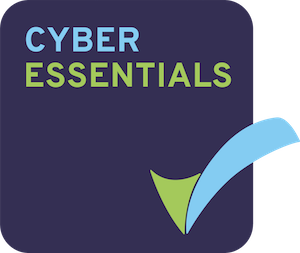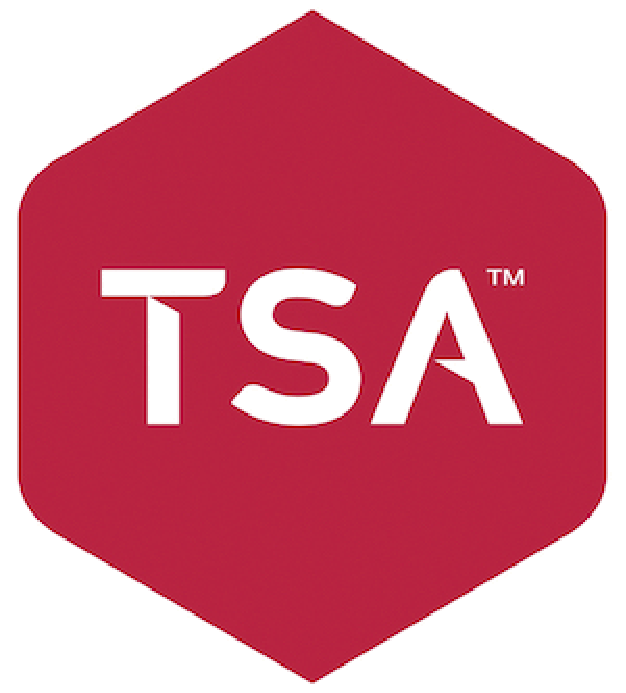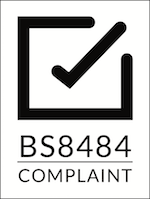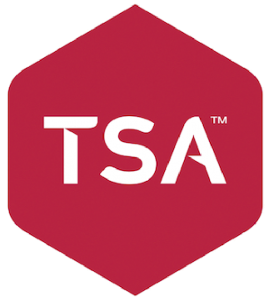Slips, trips and falls are amongst the most common causes of workplace injuries. They are responsible for 37% of reported injuries. 28% of workplace fatalities are also linked to a slip, trip or fall. As a result, it is important that accidents of this kind are avoided where possible.
This short guide will explore some of the main causes of slips, trips and falls, and how to address them.
The Law
Under the Health and Safety at Work Act 1974, employers are required to ensure the health and safety of all employees, as far as is reasonably practicable. This includes putting systems in place to control slip and trip risks. Other pieces of legislation require you to perform risk assessments and to keep floors in good condition and free of obstacles.
These are just a few of your responsibilities under the Health and Safety Act.
Defining Slips, Trips and Falls
To best address the causes of slips, trips and falls, it is useful to understand how they are defined. According to the legislation:
- A slip is the result of too little friction, or a lack of traction, between footwear and the floor.
- Trips are the outcome of a foot striking or colliding with an object, often causing a loss of balance.
- The fall is the consequence of a slip or a trip, and the main cause of injuries.
Causes of Slips, Trips and Falls
There can be any number of hazards in a workplace. Some cannot be avoided. Preventing accidents in the workplace, such as slips, trips and falls, is best addressed by the identification of potential causes.
Slips can be caused by wet surfaces, such as recently cleaned floors or rain tracked into the lobby. You may have loose mats or equipment that shift under the weight of your staff. It is also possible that the material of your flooring is unsuitable for certain types of footwear and does not provide adequate traction.
Obstructions in walkways are likely to cause a trip. These can include boxes, trailing cables, or damaged pieces of flooring. Uneven floor surfaces, such as a small step between rooms, can also cause trips. Sometimes these hazards are exacerbated by poor lighting, which obscures obstructions from view.
Another cause may be human error. For example, if a member of staff is distracted by their phone or another employee.
All of these may result in a fall, often due to a sudden loss of balance.
How to Prevent Them
Many methods of preventing slips, trips, and falls come down to simple housekeeping. A tidy workplace is a safer workplace.
You can reduce the likelihood of an accident by making sure floors are dry and keeping walkways clear of obstacles. This also means making sure that cables are kept out of walkways where possible or covered up. Maintenance of flooring is also an effective means of prevention. Replace loose, damaged, or worn flooring, especially in high traffic areas.
Where flooring is being cleaned, it should be dried immediately. If this is not possible, clearly mark the area as wet and encourage employees and visitors to use alternate routes.
Some hazards may be caused by spillages. These should be cleaned up as soon as possible. An effective reporting system can be a massive help, as it will make staff aware and encourage them to avoid the location of the spillage.
Where it is not possible to avoid an area getting wet, flooring should be of a suitable type. This may include non-slip rubber flooring. You could also provide your staff with suitable footwear for the areas you have found to be high risk. Suitable footwear could include boots with good grip.
Another effective means of preventing slips, trips, and falls is to ensure all work areas are well-lit. Sufficient lighting will highlight areas of potential risk. Changes in floor height, such as a step between rooms, should be adequately marked. This may include highlighting the step with tape.
Lone Alarms
If a slip, trip, or fall does occur, you want to know that your employees will be well cared for. Especially when it comes to your lone workers. As we mentioned at the beginning of this article, 28% of workplace fatalities are connected to a slip, trip, or fall. Some lone worker jobs are particularly dangerous.
Lone Alarms are an effective means of providing your employees with a little extra security whilst working. In the event of an accident, they can press the button on their alarm to be put in touch with our 24/7 Monitoring Centre. The team then get in touch with emergency contacts to make them aware that the worker is injured and in need of support.
Should an employee experience a fall and be knocked unconscious, our alarms also come fitted with a fall detector. This will automatically alert the Monitoring Centre. Built-in GPS locators help them to send help precisely where it is needed.
Our personal alarms are also lightweight, resilient, and water-resistant, making them ideal for almost all workplaces.
For further information, check out “What is a Lone Worker Alarm?”, or call our friendly team on 0800 03 08 222.
Editor’s Note: This article was updated on 29th May 2024 to reflect current information.

